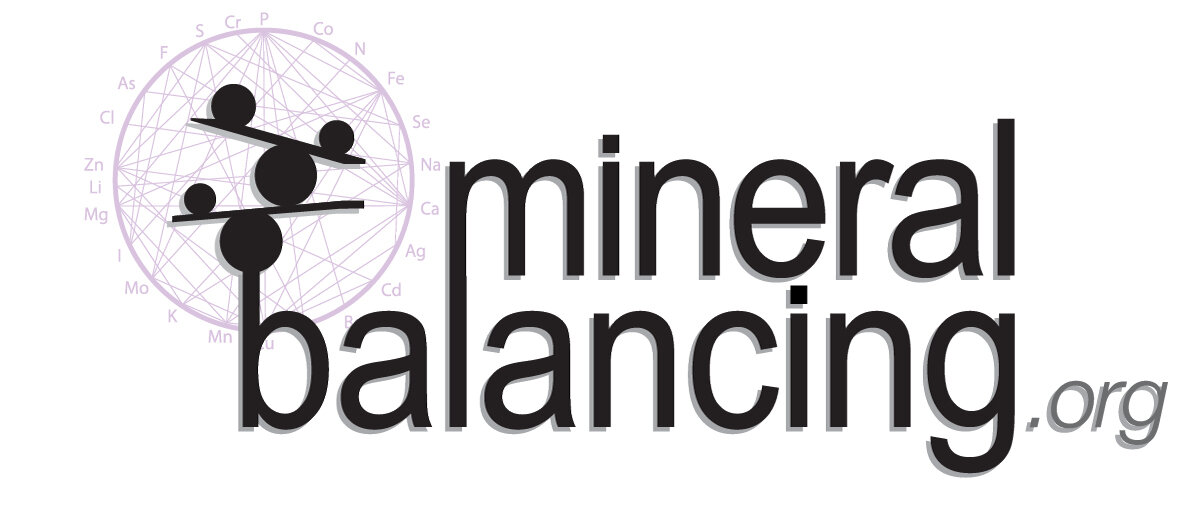Immune System Insights from HTMA
There are many reasons that people get a Hair Tissue Mineral Analysis. The most notable reason, is to identify either toxic elements or nutrient imbalances. It’s often overlooked that a properly interpreted HTMA from a lab that does not wash the hair can identify important imbalances regarding the immune system, and provide insight into tissue immune allergy. Though it does make sense when you look into it a bit more. I mean, it is well documented that a healthy immune system is dependent on a person’s nutritional status.
Now, the immune system is notoriously complicated, but it can be broken down into two primary branches. They are the Cellular and Humoural. (Hedayat & Lapraz, 2019)
Cellular immunity involves the active neutralization of components of threat within the cell itself.
Humoral Immunity involves substances found in the humours, or bodily fluids.
In a healthy person, the two branches of the immune system are in balance with one another. When there is an imbalance in mineral levels, we also find that the immune system loses its synergistic and reciprocal balance causing a dominance in one branch.
For example, the humoral immune system can block the activity of the cellular immune system in its attempt to destroy abnormal cells. While the cellular immune response suppresses the humoral immune system. Just as they are synergistic with one another, they can also be antagonistic when one dominant.
So, the question inevitably comes...
What does this have to do with HTMA and Mineral Balancing?
A practitioner who is skilled in interpreting an HTMA is usually aware that you can identify at least two primary metabolic types, the fast and slow oxidiser. We also are aware that with these metabolic types there is a specific branch of the nervous system which is dominant.
What is lesser-known, is that by identifying the metabolic type of an individual, we can also glean information regarding which branch of the immune system is dominant (Watts, 1994).
Fast Oxidisers are identified as having elevated sodium and potassium levels. This indicates enhanced adrenal gland activity. As hormones from the adrenal cortex increase, the thymus gland activity along with lymphatic function decrease.
Slow Oxidisers, which typically have relatively high calcium and magnesium levels when compared to sodium, potassium and phosphorus indicates low adrenal gland function and an overactive thymus gland.
To reiterate:
Fast Oxidisers have a Humoural-Mediated immune dominance.
Slow Oxidisers have a Cell-Mediated immune dominance.
The dominance of the immune system in each metabolic type can provide critical information for why some people do better with products such as Hyperimmune Egg or Colostrum, and why others do better with a thymus glandular.
More often than not, many practitioners/doctors are not taking advantage of this information. In some instances, they could be making people worst by providing products to “support” the immune system, but in actuality are further exacerbating an immune dominance or preventing the improvement of their mineral imbalances. I have found this to be especially the case with many of my chronic Lyme disease clients.
Disease Manifestations and Immune Responses
Parasympathetic
(Increased Cellular Response)
Osteoarthritis
Allergies (Low Histamine)
Hypothyroidism
Addison's disease
Adult-Onset Diabetes
Viral Infections
Hyperparathyroidism
Multiple Sclerosis (False)
Yeast and Fungus
AIDS
Depression
Malignancies (slow-growing tumours)
Sympathetic
(increased Humoural Response)
Rheumatoid Arthritis
Allergies (Histamine)
Hyperthyroidism
Cushing's Disease
Bacterial Infections
Hypoparathyroidism
Multiple Sclerosis (true)
Parkinson's Disease
Amyotrophic Lateral Sclerosis
Anxiety
Malignancies (fast-growing, metastatic)
Please note that the above list indicates tendencies and are not absolutes.
References
Hedayat, K. M., & Lapraz, J.-C. (2019). Chapter 3 - Immunity. In The Theory of Endobiogeny Volume 2: Foundational Concepts for Treatment of Common Clinical Conditions (pp. 25-48). Academic Press.
Watts, D. L. (1994, March-April). THE IMMUNE SYSTEM AND HAIR TISSUE MINERAL PATTERNS - Nutritional, Neuro-Endocrine Immunology. Retrieved from Trace Elements: https://traceelements.com/Docs/News%20March-April%2094.pdf
